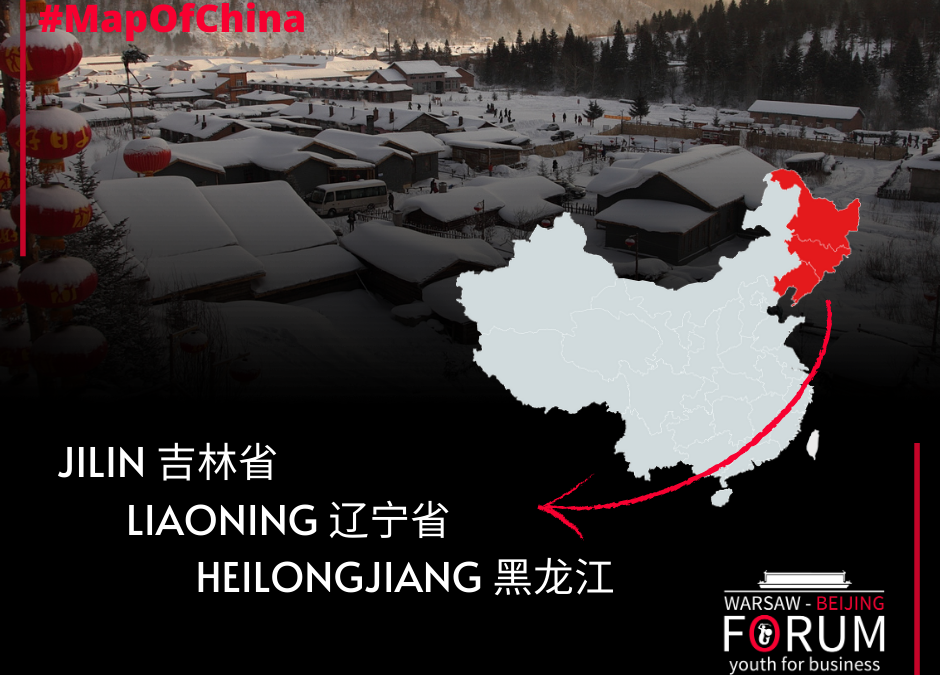Liaoning 辽宁
Liaoning, located on the northern shore of the Yellow Sea, is the smallest but most populous province in the region. In Chinese often called “the Golden Triangle” (because of its superior geographical location), has the largest provincial economy of Northeast China. Leading industries include petrochemicals, metallurgy and electronics telecommunications. Liaoning is one of the most important raw materials production bases in China. The province is rich in mineral resources, notably iron ore and coal, while its light industry focuses on textiles and clothing industries. The sea off Dalian abounds with quality seafood. The province has a number of sites of scenic and historical interest. Among them, in Shenyang, Liaoning’s capital city, there is a Manchu version of the Forbidden City known as the Shenyang Imperial Palace. It is the second most intact imperial building in existence in China. Jade carvings from Xiuyan, agates from Jinzhou, as well as shell carvings and glassware from Dalian are famous local handicrafts.
Jilin 吉林
With its capital in Changchun, Jilin province plays a vital role in the country’s strategy to revitalize Northeast China. Besides economic growth, it has also made achievements in innovative technology, global collaboration, rural revitalization and ecological protection. Jilin’s agriculture depends on wheat and maize, while rice is mostly cultivated in the eastern parts. The commercial crops are sugar beets and tobacco, as well as flax, sunflower, and sesame. It is one of the most important commodity grain bases in China. As Jilin is relatively highly industrialized, its production is concentrated on automobiles, train carriages, and iron alloy. Traditionally, the province has been known as a major pharmaceutical center, with yields of ginseng and deer antlers among the largest in China, being used in Traditional Chinese medicine. One of unique attractions is the exhibit of stony meteorites in Jilin city that were collected from a spectacular meteorite shower in the area in 1976.
Heilongjiang 黑龙江
The province takes its name from the Heilong River (Chinese name of the Amur). Heilongjiang’s agricultural production, defined by its cold climate, is centered upon crops such as soybeans, wheat and potatoes, while commercial ones include beets and sunflowers. Heilongjiang has significant reserves of several minerals – petroleum is of great importance in this province. Coal, gold, and graphite are other minerals to be found there.
Harbin, the provincial capital is a city of contrasts which, in 1898, became a construction base for the Chinese Eastern Railway across northern Manchuria. The Harbin area is not only the region’s major hub of the railway network and communications centre, but also one of China’s primary industrial development centres. It produces a variety of machinery and has chemical and fertilizer industries. The city is a food-processing centre, as well as a producer of textiles and construction materials. More recently, a high-technology development zone has been established there.
Author: Katarzyna Borowiec


Recent Comments